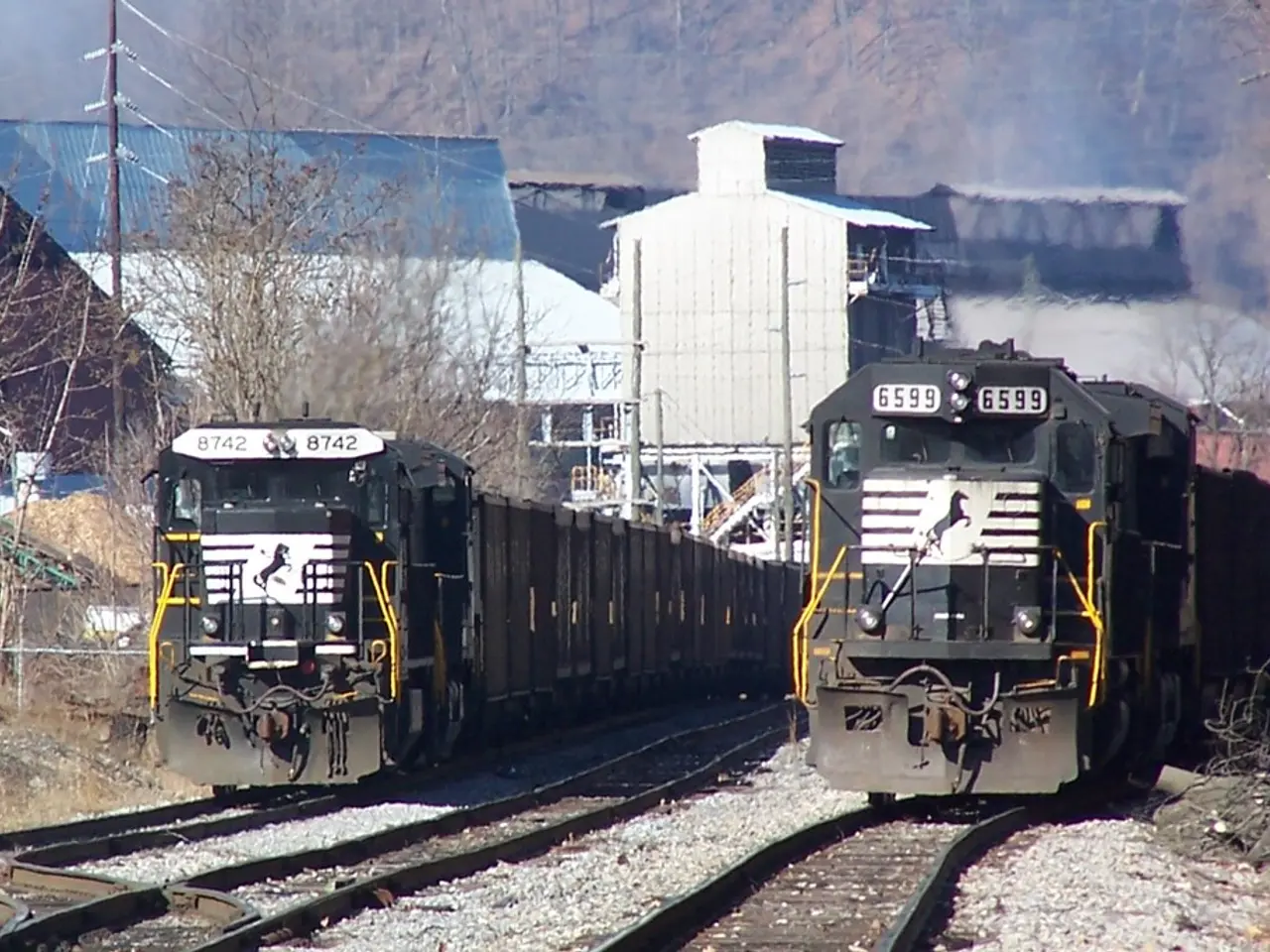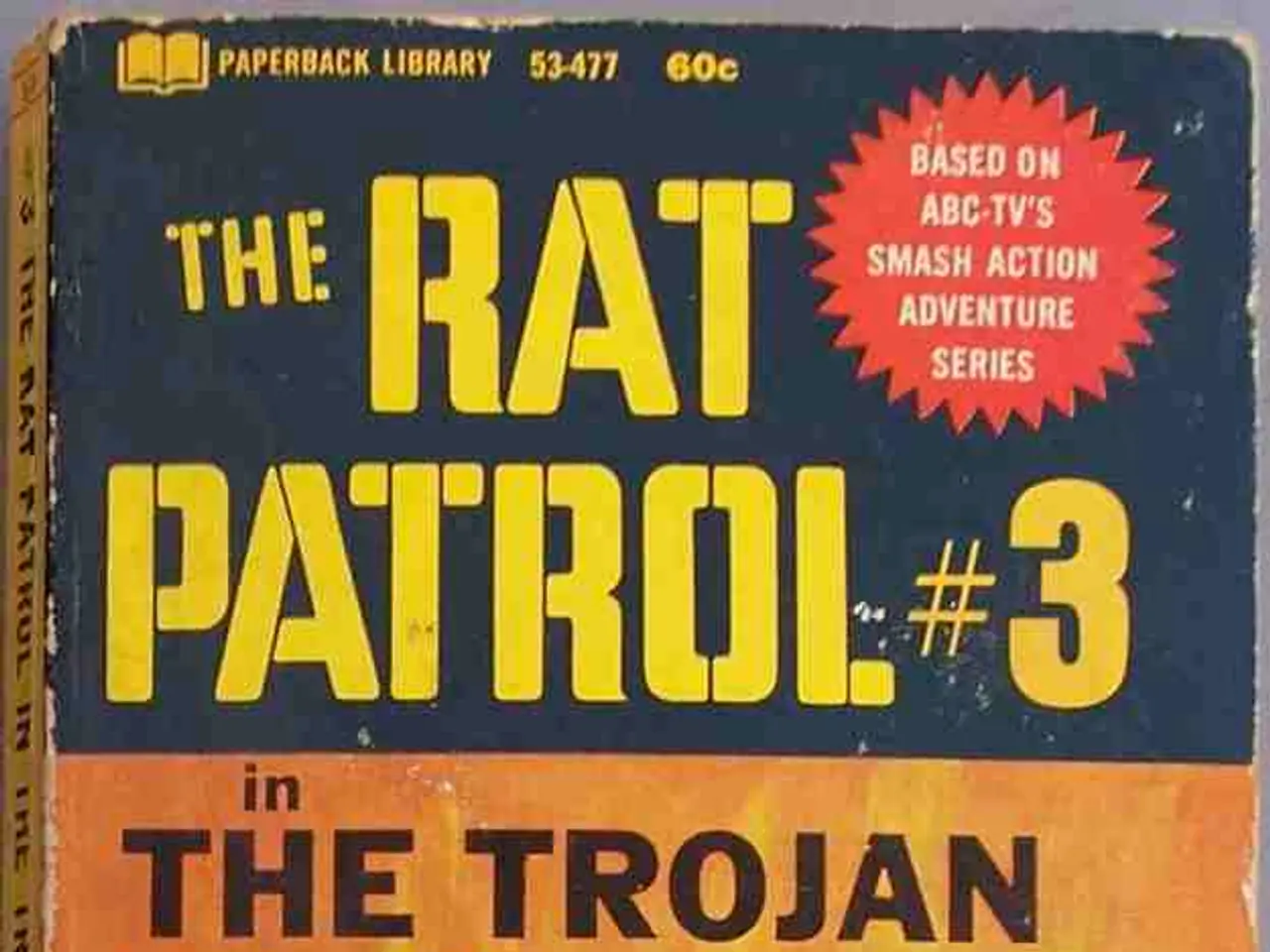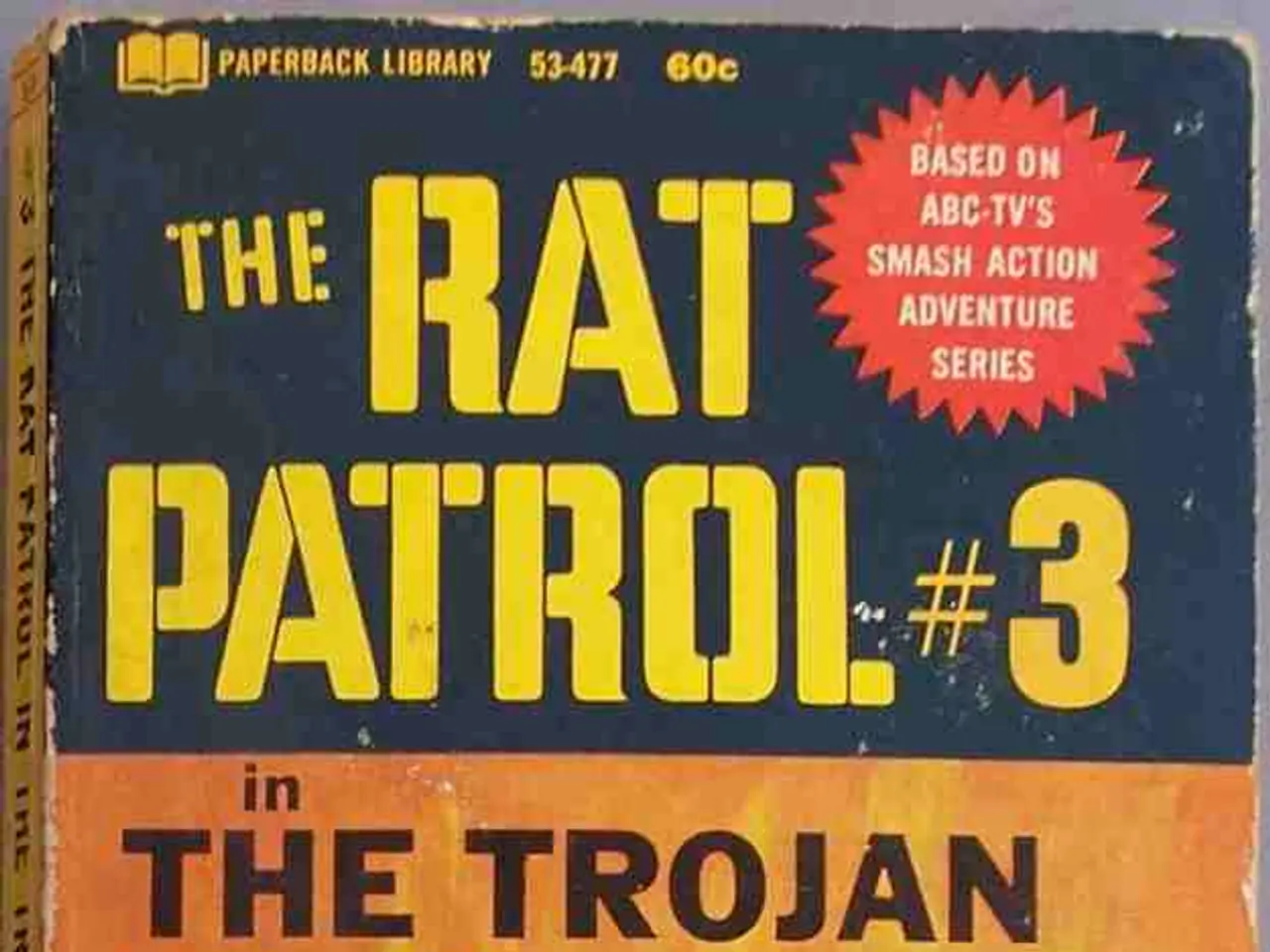U.S. Freight Rail Industry on the Verge of Significant Change as Union Pacific and Norfolk Southern Engage in Advanced Merger Negotiations?
The U.S. freight rail sector is on the brink of a significant shift with the potential merger of Union Pacific (NYSE: UNP) and Norfolk Southern (NYSE: NSC). If successful, the merger would create a coast-to-coast rail giant, linking about 100 ports across 43 states and offering seamless rail service across more than 50,000 route miles.
The talks between the two rail giants are in advanced stages, with the combined network promising to connect the East and West Coasts, enabling more direct transportation of diverse goods such as steel, lumber, plastics, copper, and agricultural products. This integration could reduce interline handoffs between railroads, potentially lowering transit times and logistics costs for shippers.
However, the merger faces significant regulatory challenges. The Surface Transportation Board (STB) has historically maintained a high threshold for approving such consolidations, partly due to concerns about service disruptions following major past mergers. The STB will closely scrutinize the potential merger, and any approval will depend on the demonstration of clear public benefits and safeguards against service disruptions or price hikes.
Industry groups have expressed concerns about the merger's potential impact on service quality and safety. The SMART Transportation Division, for instance, has highlighted risks to service quality, citing ongoing operational difficulties linked to Precision Scheduled Railroading practices. They also raise safety concerns, noting Union Pacific's recent track record on worker and public safety appears weaker compared to Norfolk Southern.
The merger's completion also depends on regulatory approvals and shareholder consents, and faces legal and financial risks. Any conditions imposed by regulators might affect the anticipated benefits or delay closing.
If the merger proceeds, it could spark a new wave of dealmaking among Class I railroads seeking similar efficiencies and geographic reach. However, it could also pose a serious challenge to other major carriers like BNSF Railway and CSX.
In conclusion, the potential merger promises a major shift towards a unified, transcontinental freight rail network, potentially benefiting supply chain efficiency and economic growth. However, it faces significant regulatory scrutiny, historical caution about past consolidation effects, and labor-safety concerns that could impact the sector’s stability and service quality. The merger's success will depend on the railroads' ability to address these concerns and demonstrate clear public benefits.
[1] Union Pacific and Norfolk Southern in Merger Talks [2] U.S. Regulators Cautious on Rail Mergers [3] Labor Groups Voice Concerns over Union Pacific and Norfolk Southern Merger [4] Potential Union Pacific and Norfolk Southern Merger: Implications and Challenges
[5] The merger, if approved, could see the new entity expand its services to the African market, bolstering the transportation of freight and export goods. [6] The possibility of expanded rail services could also potentially revolutionize the distribution of sports equipment, benefiting e-commerce platforms.
[7] Meanwhile, in the world of shipping and transportation, the merger might stimulate the adoption of advanced logistics solutions, including automation and real-time tracking technologies. [8] Furthermore, with the combined fleet of trucks and railcars, the consolidated company might explore new avenues in multimodal transportation, such as integrating rail with road or shipping networks.






